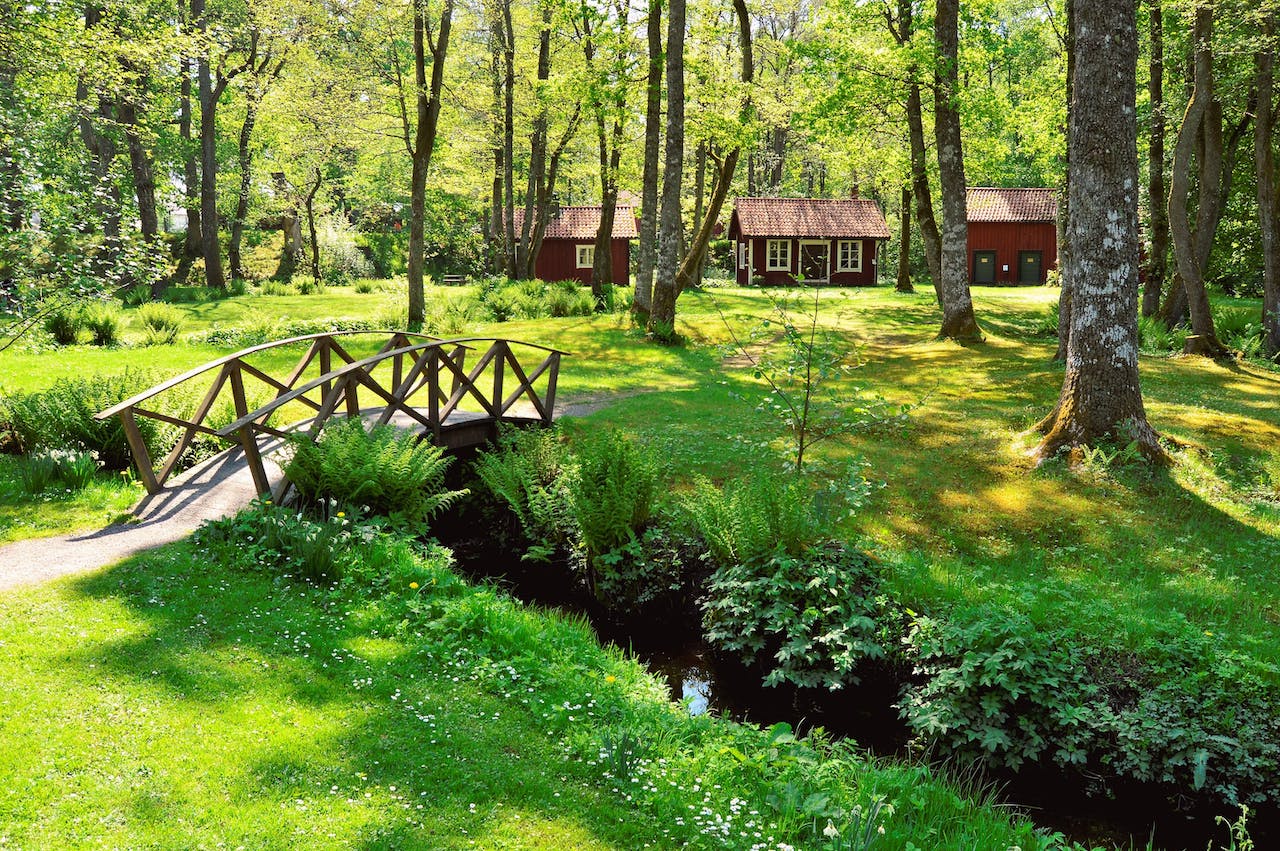
Disclosure – this is a collaborative post.
Houston, Texas, stands as a vibrant metropolis, blending rich cultural diversity with a dynamic economic landscape, renowned for its significant contributions to the aerospace, energy, and medical research sectors. This city offers a blend of urban sophistication and Southern charm, featuring world-class dining, arts, and entertainment options. Houston’s expansive green spaces, parks, and bustling urban life create a diverse and welcoming environment for residents and visitors alike. Creating a visually appealing outdoor space enhances not only the beauty of a property but also its value. Whether in the vibrant city of Houston or a serene countryside, landscaping is crucial in transforming any yard into a picturesque oasis. Among professionals, Houston landscapers are renowned for their expertise in crafting stunning, sustainable gardens that thrive in the local climate. This article explores various landscaping ideas, from garden layouts to the choice of plants, aiming to inspire homeowners to revitalize their outdoor spaces. Each concept discussed below focuses on enhancing the aesthetic appeal and functionality of yards, making them a perfect retreat for relaxation and entertainment.
Native Plant Gardens
Incorporating native plants into the garden design celebrates local flora and is an environmentally friendly choice. Native species are adapted to the regional climate and soil conditions, making them resilient and easier to maintain than exotic plants. This approach supports local ecosystems, attracting birds, butterflies, and beneficial insects. A garden with native plants provides vibrant colors and textures throughout the seasons, requiring less water and fewer pesticides than non-native species. This sustainable landscaping idea celebrates the area’s natural beauty, creating a harmonious outdoor space that thrives with minimal intervention.
Additionally, selecting native plants can significantly reduce the effort and resources needed for garden upkeep. These plants have grown to thrive in their natural habitat, meaning they are less likely to require the intensive care non-native species might need. By choosing native plants, homeowners can enjoy a lush, vibrant garden that supports the local ecosystem. This approach makes gardening more sustainable and fosters a deeper connection with the natural world, encouraging a landscape that grows harmoniously with its surroundings.
Water Features and Elements
Adding water features like fountains, ponds, or waterfalls adds a sense of tranquility and elegance to any yard. The soothing sound of flowing water creates a peaceful atmosphere, transforming the garden into a tranquil retreat. Water features serve as focal points, attracting wildlife and providing a serene, relaxing environment. They can be designed to fit any yard size, from tiny bird baths to large ponds that mirror the sky. Beyond aesthetics, water elements can help to cool the surrounding area, offering a refreshing escape during warmer months. This landscaping idea enhances the sensory experience of the garden, making it a more inviting and relaxing space.
Expanding further, adding water features can dramatically change the ambiance of a garden, making it feel like a secluded paradise. The reflective properties of water can also enhance the garden’s visual appeal, creating stunning views and a sense of depth. For those interested in a more interactive feature, incorporating fish or aquatic plants into ponds can add an element of life and interest to the garden. Water features can be personalized to fit the style of any garden, from modern minimalist designs to more natural, rustic settings. This versatility ensures that every garden can benefit from the unique charm and tranquility that water elements provide.
Pathways and Walkways
Designing pathways and walkways through the garden adds structure and guides the exploration of the outdoor space. Materials such as stone and brick can create paths that blend with the natural landscape or contrast with the surrounding greenery. Pathways enhance the garden’s visual appeal and improve accessibility, allowing for strolls and easy navigation through different garden sections. Lighting along the paths ensures safety at night, adding a magical ambiance to the evening garden. This landscaping idea combines functionality with aesthetics, creating a dynamic garden layout that invites discovery and enjoyment.
Additionally, the design of pathways and walkways can significantly influence the garden’s overall design. Curved paths, for example, can create a sense of mystery and encourage exploration, while straight, formal walkways impart a sense of order and elegance. The selection of materials can also affect the garden’s character, with natural stone providing a rustic, timeless look and colored pavers offering a more contemporary feel. Pathways can be adorned with border plants, lighting fixtures, and even art installations, making them an integral part of the garden’s design. This thoughtful approach to pathways enriches the garden experience, inviting visitors to engage with the landscape in a deeper, more meaningful way.
Conclusion
In conclusion, transforming a yard into a beautiful and functional outdoor space requires creativity, planning, and a keen understanding of the local environment. A Houston landscaper can offer invaluable expertise in designing landscapes that are not only visually appealing but also sustainable and adaptable to the local climate. From native plant gardens to eco-friendly design practices, each landscaping idea presented here aims to inspire owners to make outdoor spaces that reflect their style and meet their needs. By incorporating these ideas, any yard can become a stunning oasis that enhances the quality of life and the property’s value, offering a serene and inviting space for relaxation and entertainment.
